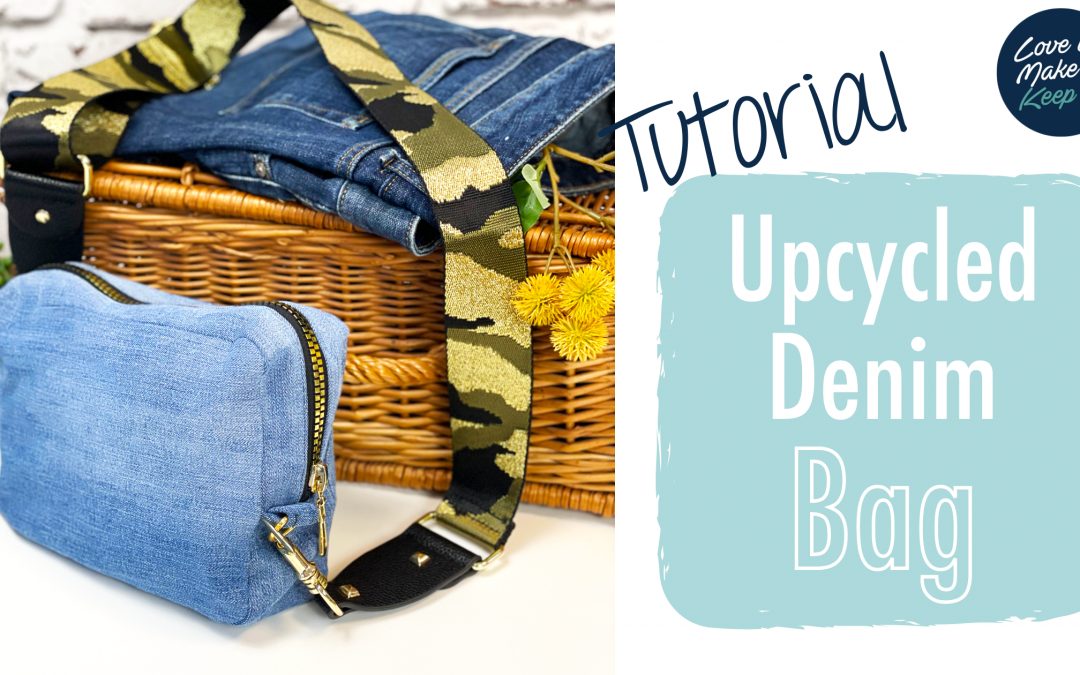
What is Fusible Woven Interfacing and How To Use It

Boring Legal Bit: If you follow any tutorial or guidance found in this post, or on this blog, you agree to be bound by our disclaimer which can be viewed here
You have probably noticed our slight obsession with fusible woven interfacing, we use it in lots of our tutorial projects. But it’s easy to see why: check out the ‘spring’ in the fabrics in the photo above – the fabric with interlining sits higher and rolls into a smoother curve.
In this guide, we’re going to talk you through the benefits of woven interfacing and why we love it SO much, give you some project inspiration and walk you through the correct way to apply woven interlining to your fabrics.
What is Fusible Woven Interfacing?
Fusible woven interfacing is actually a “normal” piece of fabric with warp & weft threads that are woven together in the traditional way. A layer of adhesive glue is applied to one side which will adhere to other fabric once an iron is applied.
Don’t know your warp from your weft? Check out our Beginner’s Guide to Fabric Basic Post
Woven interfacing (or interlining) is a great way to give your projects a little more structure, making fabrics easier to work with and it’s super simple to apply. Medium weights are great for quilting cottons in projects like cushions; they will sit better but still feel “squishably” soft and it can help non-padded little bags and pencil cases hold their shape.
Grab a cheeky 10% discount off your next Fusible Woven Interfacing purchase with WOVEN10 One time use per customer.
The benefits of using woven interfacing
- Elevates quilt cotton weight fabric to a canvas weight fabric
- Negates the need for a lining in some projects – saves you money & time!
- The interlining fabric is made of natural cotton fibres rather than polyester (plastic) so it’s more eco-friendly
- It’s breathable as it’s a natural fibre
- It adds structure
- It adds a luxury feel to your project
- Machine washable up to 60 degrees
- Helps reduce the need for ironing on some projects as it retains shape
- Works with light to medium weight fabrics (the fabric must withstand being ironed at heat setting 3)
- Gives fabrics a heavier feel
- Reduces drape
- Excellent for adding body to quilt cottons to be used in bag making or home dec projects
Never miss a guide or tutorial from Plush Addict
Click to join our mailing list!
In-house at Plush Addict we LOVE woven interfacing for bag making, zipper pouches & cushion covers. It gives a really professional finish to your projects.
Using this interfacing for cushion covers can negate the need for a lining so it saves fabric and makes it easier – especially if you are adding a zipper! It’s also great to use for external pockets – again no lining is required!
Check out this easy reading cushion tutorial to see what we mean
Project ideas for using Woven Interfacing
Projects we’ve used this amazing product in are:
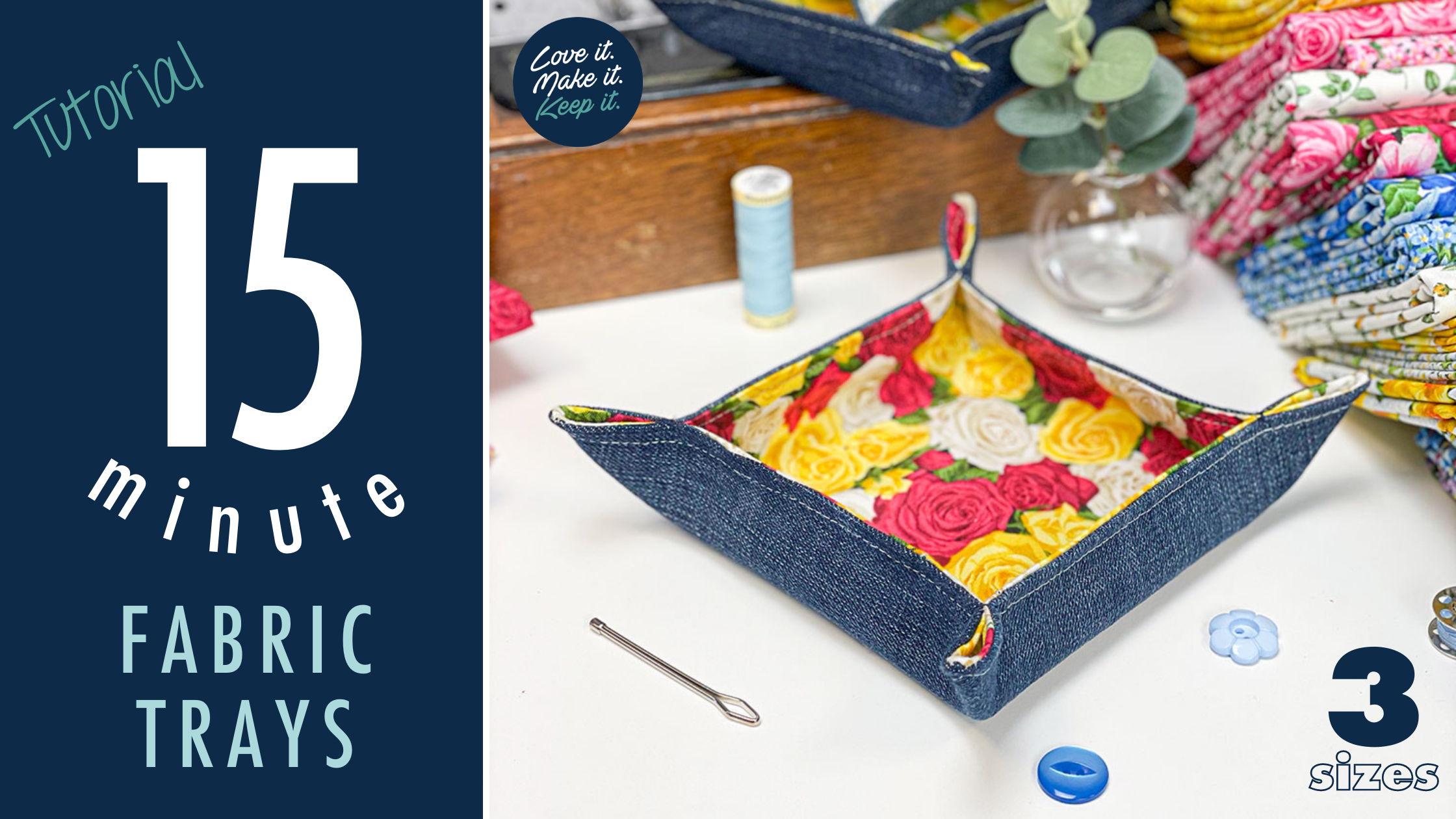
15 Minute Upcycled Fabric Tray Tutorial
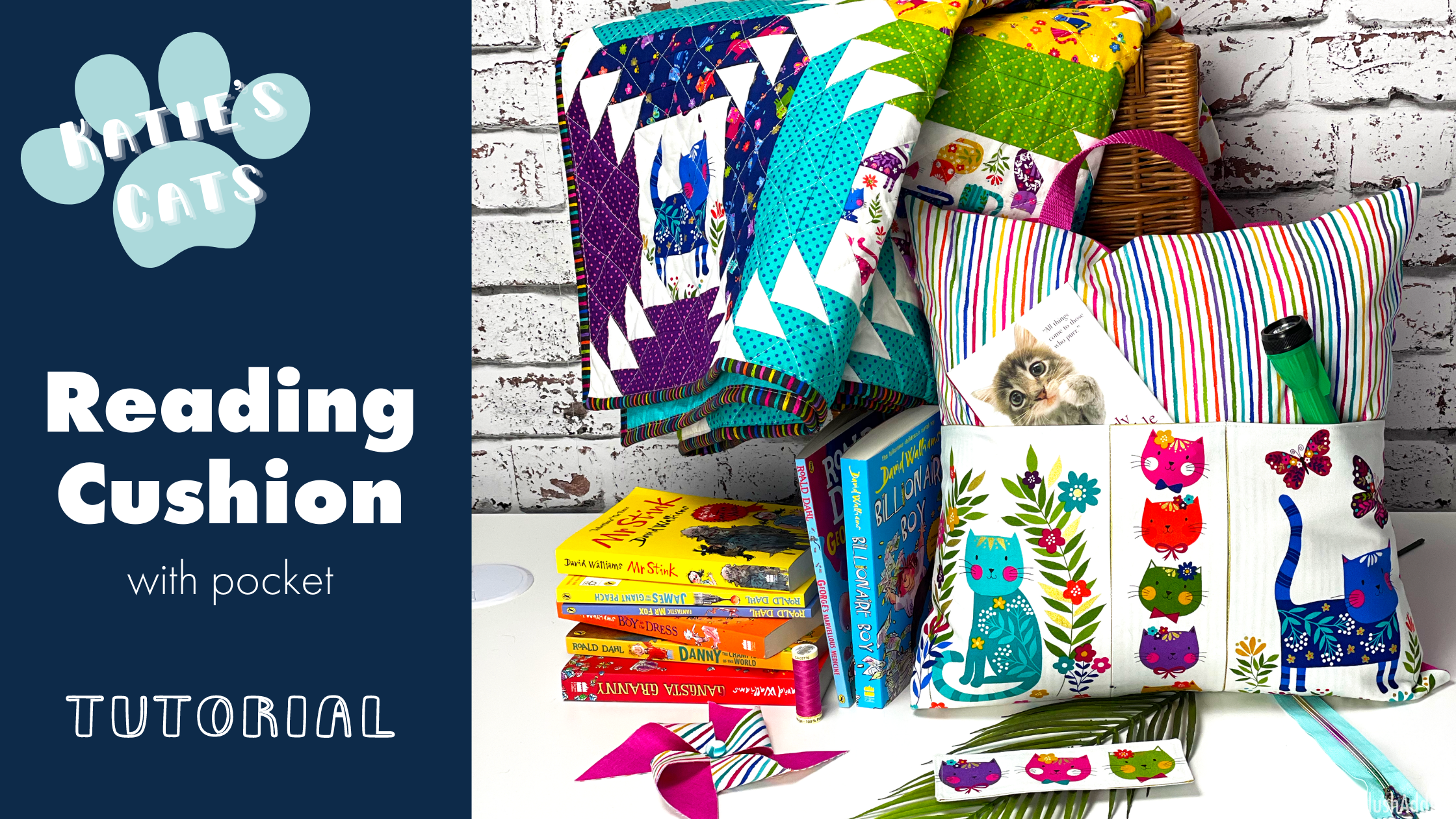
How to: Make An Easy Reading Cushion Tutorial
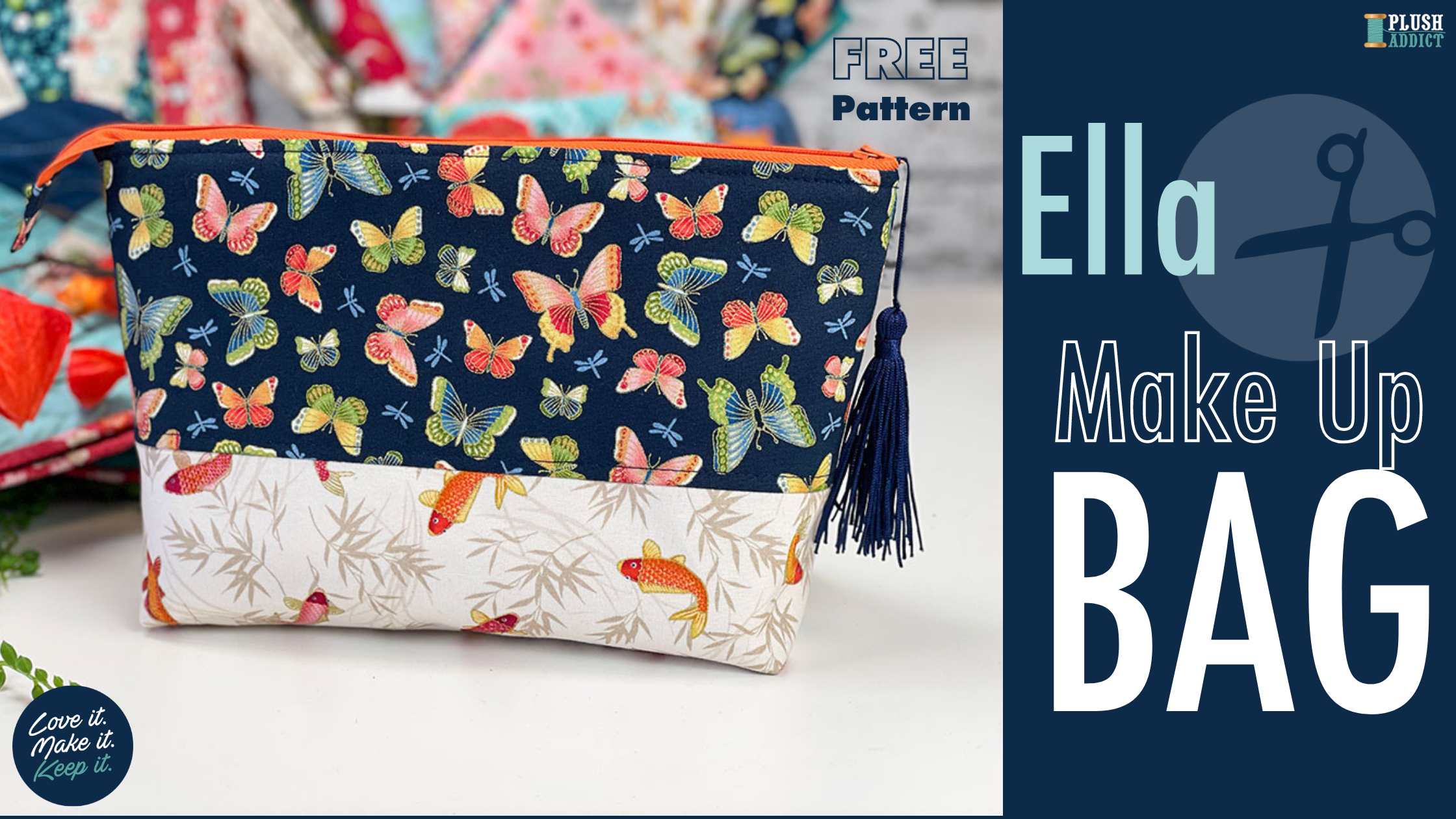
15 Minute Upcycled Fabric Sew A Make-Up Bag: Free Pattern and Tutorial
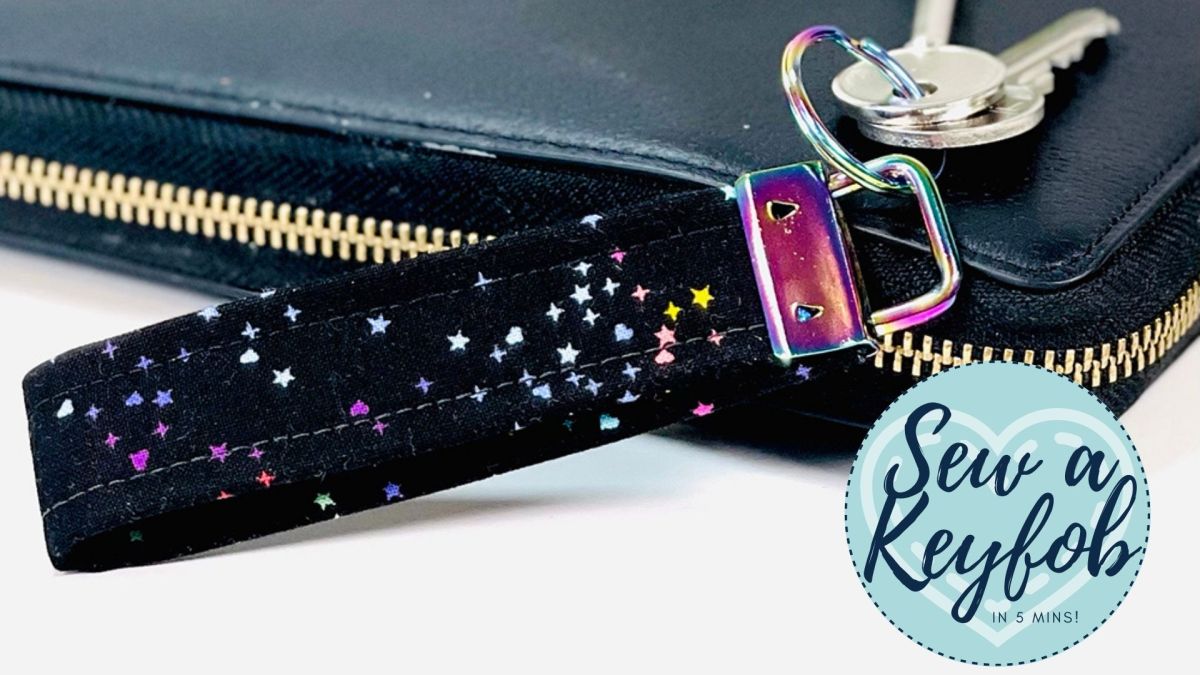
5 Minute Key Fob Tutorial
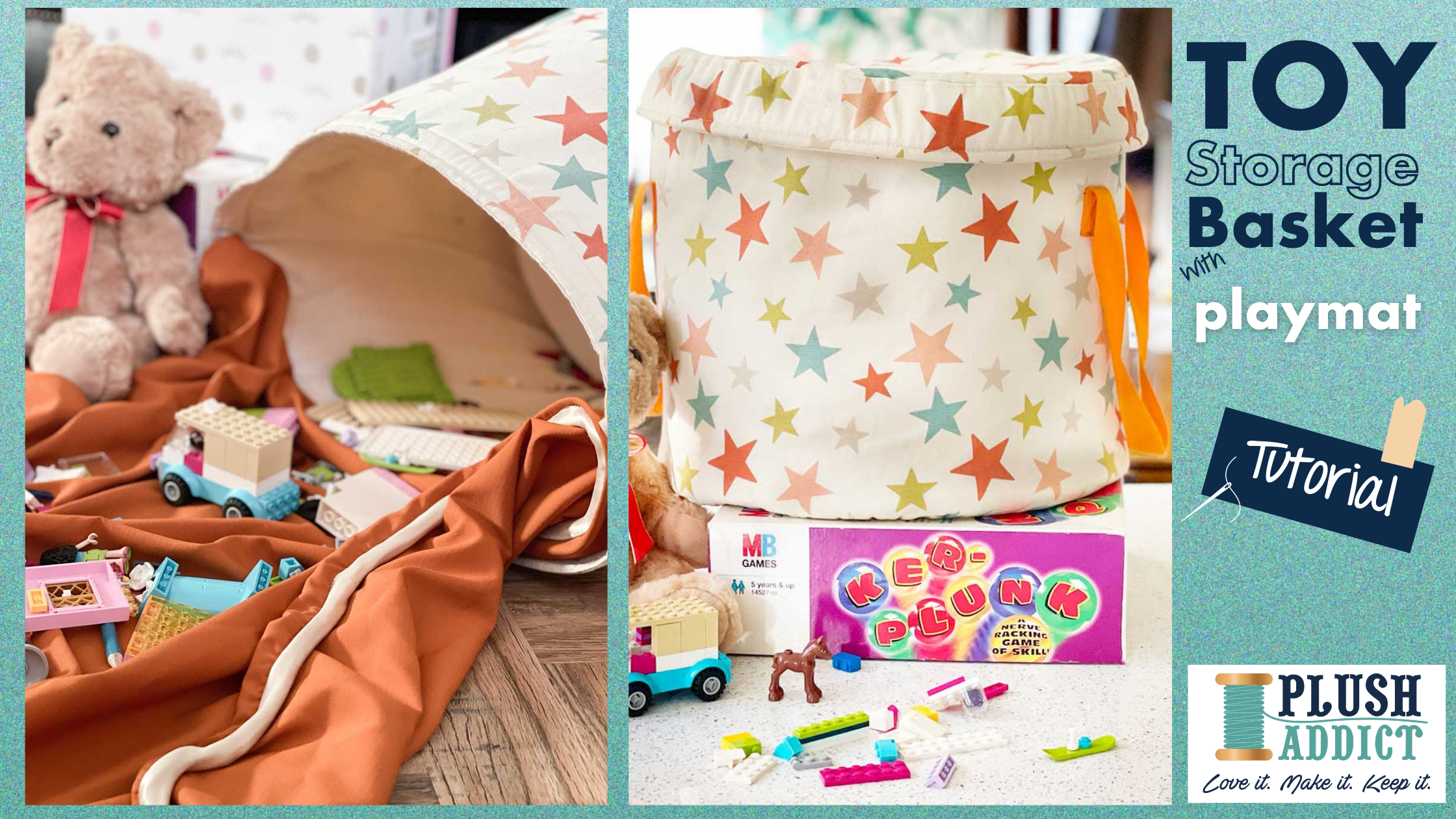
Toy Storage Basket and Play Mat Sewing Tutorial

Free DIY Toddler/Cot Bed Duvet Cover Tutorial
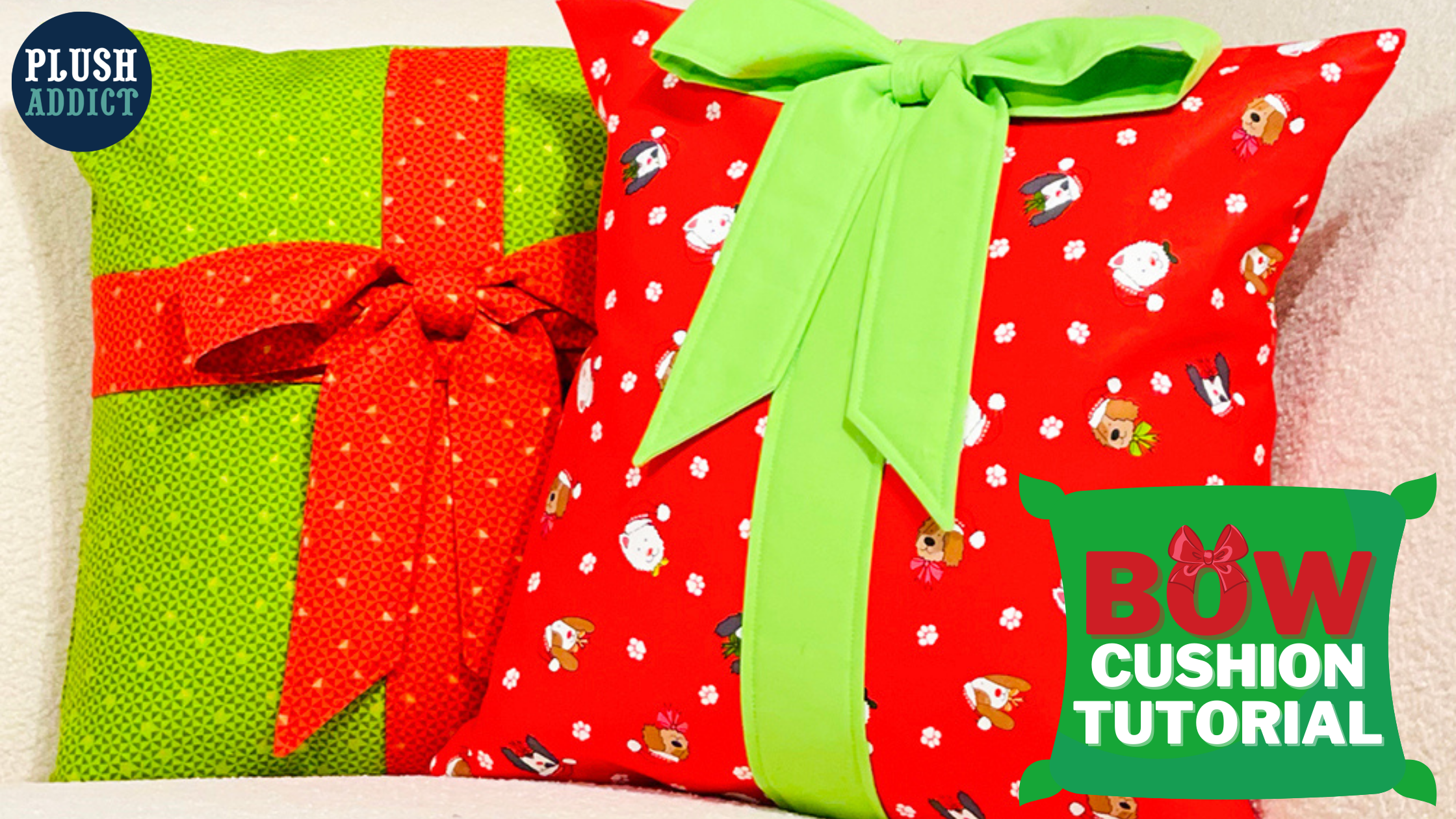
Christmas Bow Cushion Tutorial
A note on using woven interfacing in dressmaking projects
The general rule of thumb regarding using any kind of interfacing in dressmaking is that the interfacing should not be heavier than your fashion fabric. Woven interfacing is great when sewing coats, shirts etc, but it as it does reduce the drape of your fashion fabric it’s not best suited for times you wish your fabric to have a good drape.
How to apply fusible woven interfacing
You will need:
- Fusible woven interfacing
- Medium to lightweight fabric (quilting cottons are ideal)
We used:
Important notes
- Pre-wash your fabrics (not the interfacing)
- Test interlining on a 2″ test square of the fabric to check suitability
Method
1. Cut your fabric: Fabrics can be cut to size/ shape before or after applying interfacing.
2. Smooth out the interlining adhesive side up (it feels slightly rough). Lay the fabric on top right side up with the grain lines aligned.
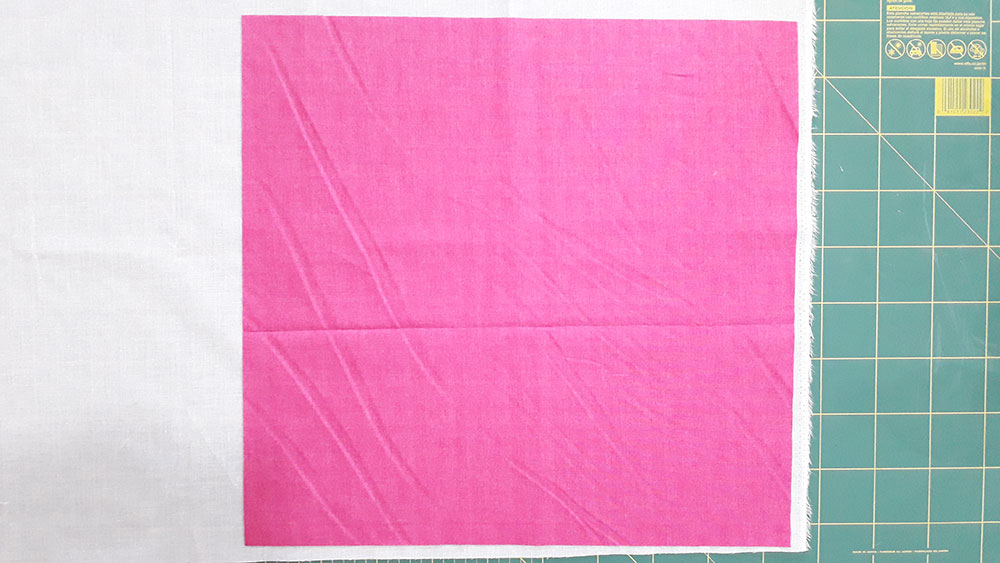
3. Cut the interfacing to the same size as the piece of fabric.
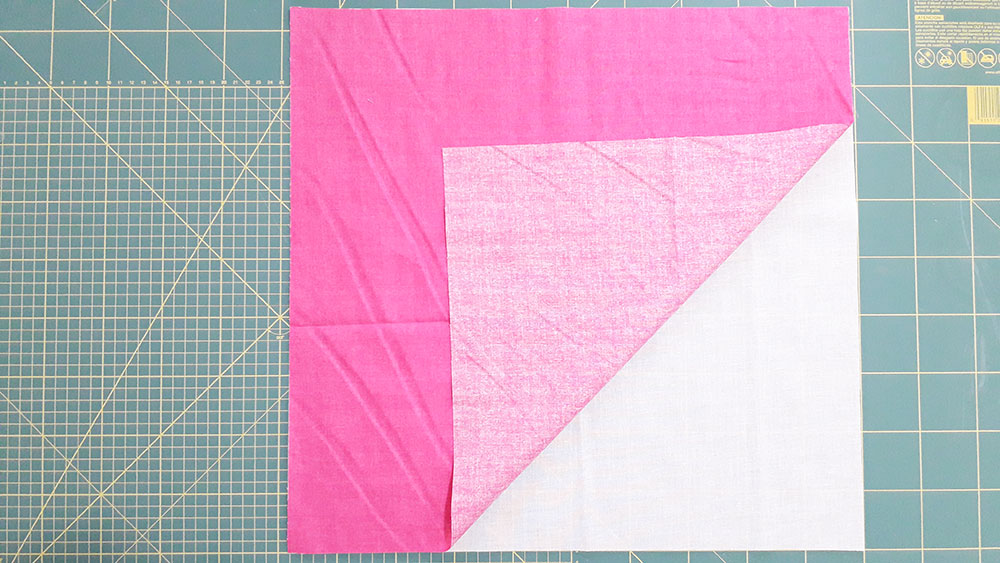
4. Place the fabric right side down on an ironing board.
5. Smooth the interfacing on top of the fabric, coated side down. Trim any interlining that exceeds the size of the fabric to prevent damage to the ironing surface, or lay on some scrap calico/ fabric
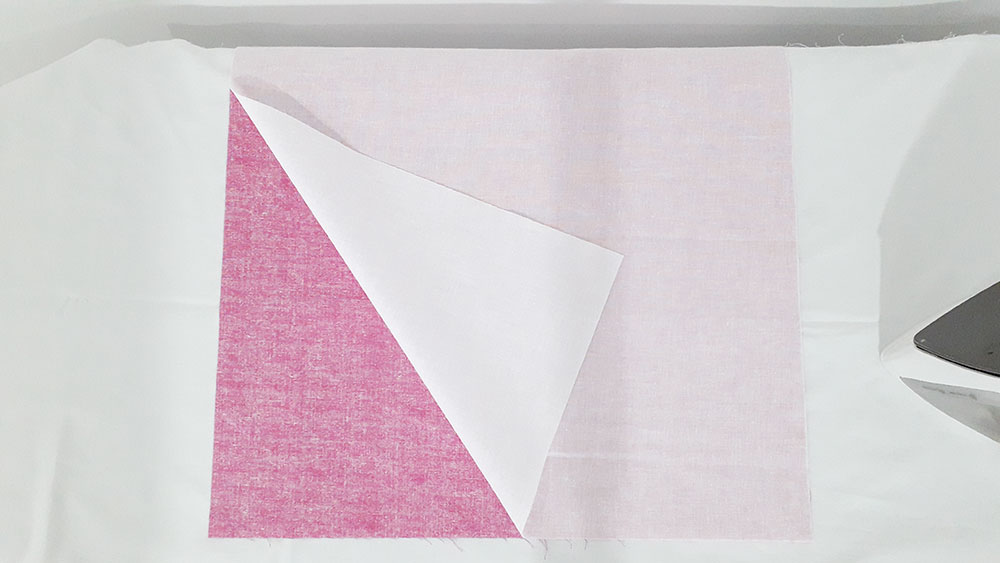
6. Cover with a smooth surfaced cloth; a tea towel or spare cotton are ideal.
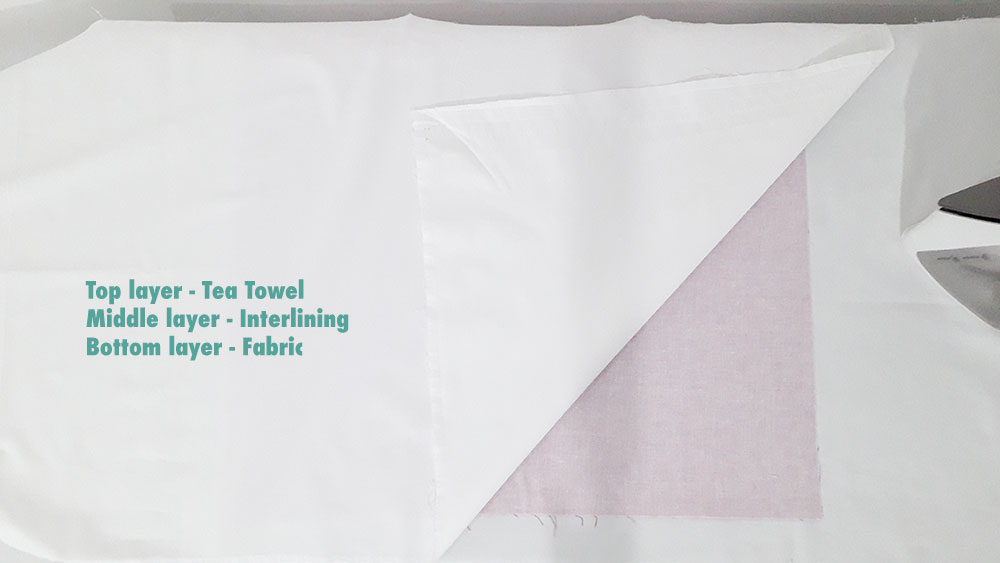
7. Lightly dampen the cover using the iron’s spray setting.
8. Adjust the iron to heat setting 3 – cotton, no steam.
9. Starting at one corner work the iron across the cover to lightly adhere the materials together, smoothing out any lumps or ridges as the iron moves across.
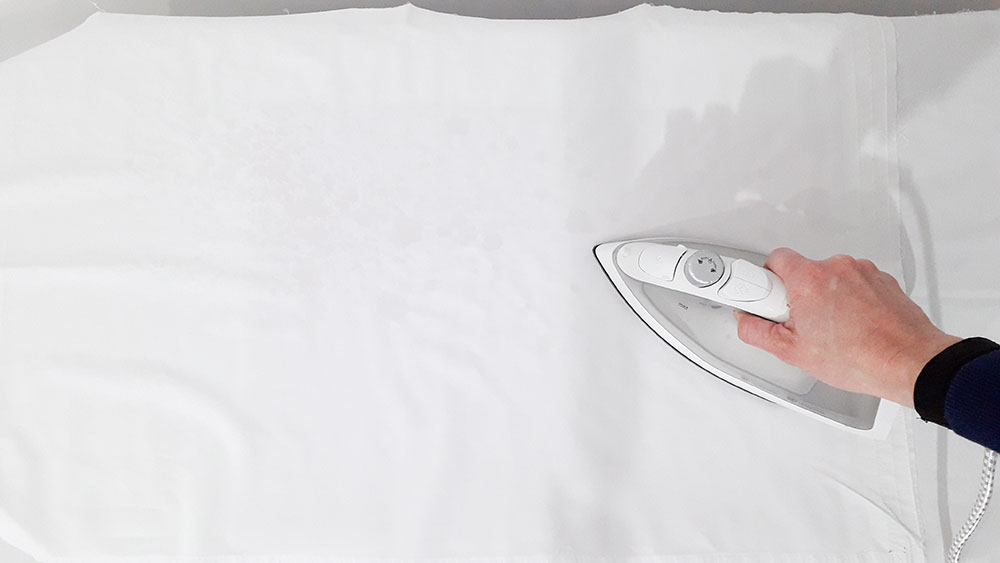
10. Lift the cover and check for any bumps. The fabric and interfacing may need peeling apart a little. Recover and lightly press.
11. Once the interfacing is smooth, dampen the cover again.
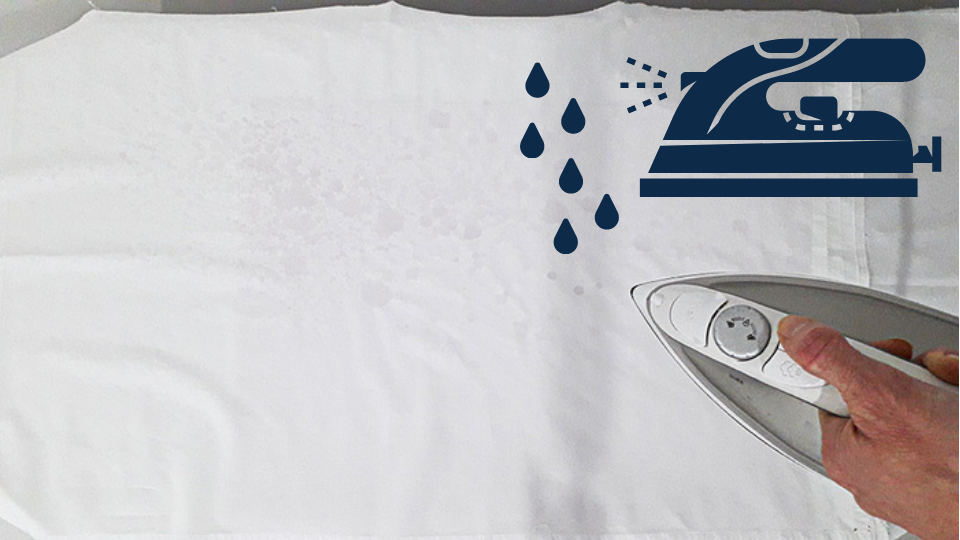
12. Press, spending 12 seconds on each area to achieve good adhesion.
13. Place the coated fabric somewhere flat to cool fully and set the adhesive.
And you’re done!
(Grab a cheeky 10% discount off your next Fusible Woven Interfacing purchase with WOVEN10 One time use per customer.)
Want to try woven interning in the wild? Here are some interlining projects you could try:

We hope you found this tutorial useful!
Let us know how you get along in the comments below 🙂
Follow @PlushAddict on social media and keep an eye out for more tutorials!
Stay up to date with the latest from Plush Addict
Click to join our mailing list!
Follow me on Instagram! @plushaddict


